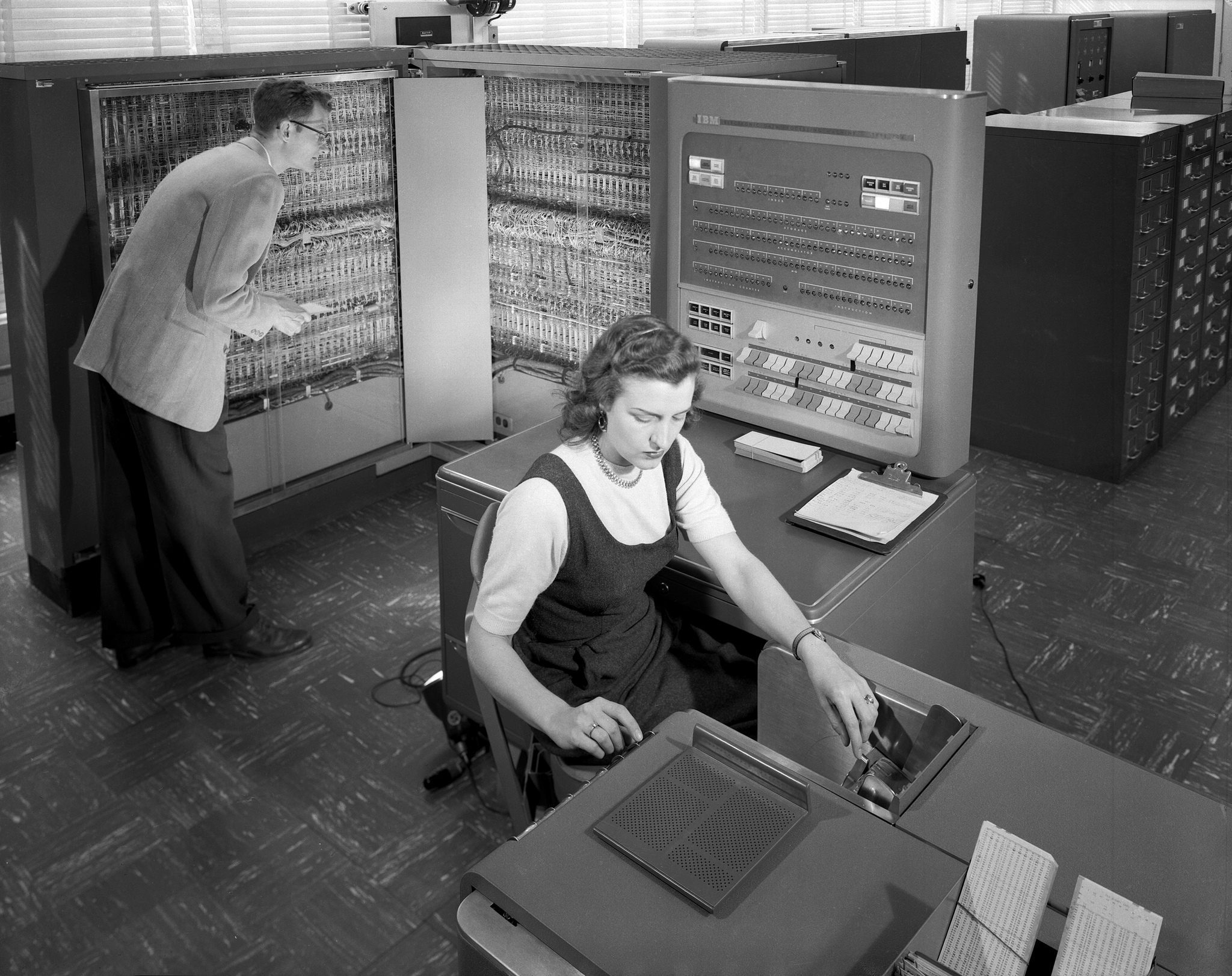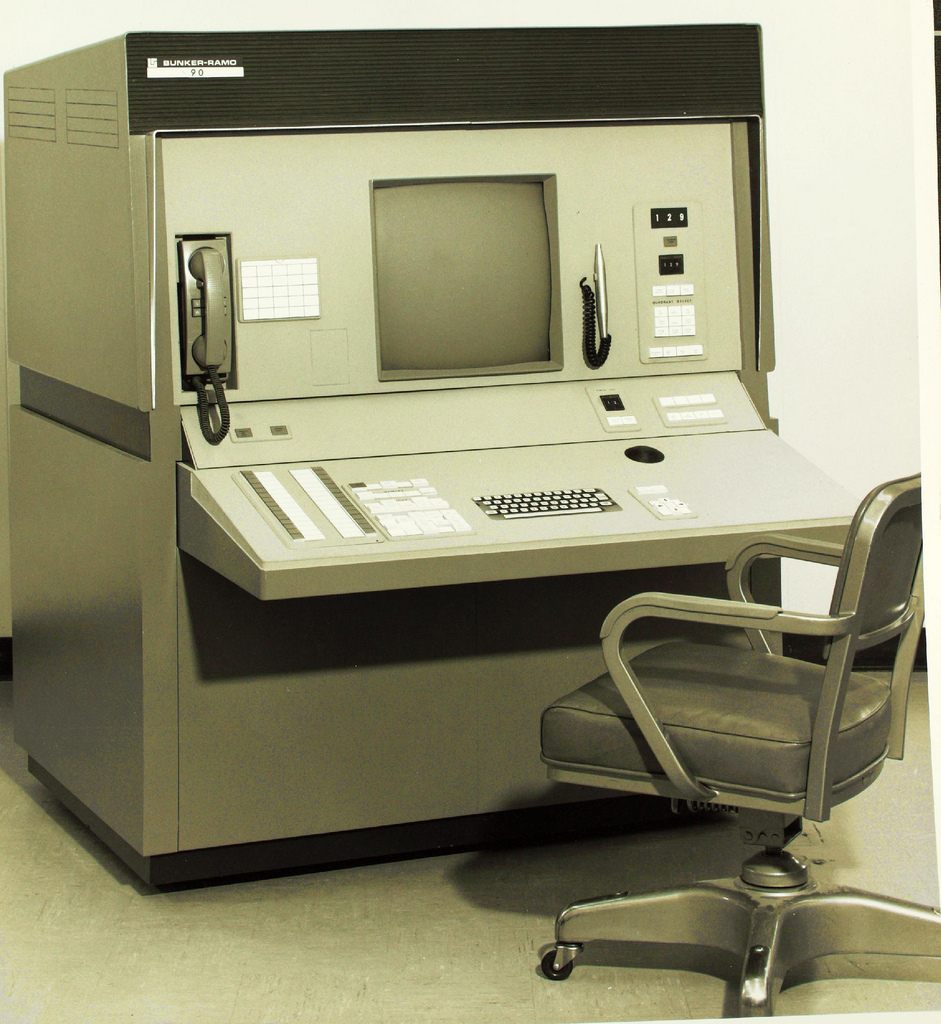The Hunt For The Government’s Oldest Computer
Help us on our quest to locate America’s most ancient computer.

An IBM “electronic data processing machine” at NASA in 1957. (Photo: NASA on the Commons/flickr)
A version of this story originally appeared on Muckrock.com.
As the saying goes, “If it ain’t broke, don’t fix it.” If a machine is doing its job, reliably and without error, then common sense dictates that you just shouldn’t mess with it. This is doubly true for computers and quadruply true for government computers. This lends itself to an obvious question: what’s the government computer most in need of an upgrade?
To find the answer, I’ve started a project to hunt down the government’s oldest computer. Knowing how strong inertia is in the public sector, there’s probably agencies running machines that are as cutting edge as the 8-track. And knowing which agencies are running hardware older than I am is important.
Through this hunt, I’m hoping to:
—Find which departments are thrifty enough to keep machines in service long past their expiration.
—Learn the technical dependencies that are holding back the effectiveness of public services.
—Reveal security problems raised by departments that refuse to upgrade from unsupported, obsolete systems.
—Critique the allocation and utilization of computer resources by the government (i.e. why aren’t they all running some version of Linux).
I first started with a request to the General Services Administration. As the agency-behind-the-agencies, they should be pretty good at keeping inventories and lists. Lo-and-behold, they quickly responded to my request with a spreadsheet of their laptop inventory.

A computer in use in 1973. (Photo: Bundesarchiv/B145 Bild-F038812-0014/Schaack, Lothar/CC-BY-SA 3.0)
The oldest computer in that list? Looks like a Gateway Liberty 2000, originally released in 1994.
So far, so good.
I took that successful request and cloned it, sending one to NASA and another to the FAA.
NASA couldn’t process my request because I wasn’t asking for a specific record that I already knew existed.

While technically true, that’s a harsh response.
After all, despite my vague wording, the FAA found 11 pages of documents responsive to the same request.
But!
They refused to release any of their records to me, citing the blanket Exemption 3 because they deemed, “disclosure would be detrimental to the safety of persons traveling in air transportation.”

According to the FAA, just knowing what kinds of computers the FAA is using would endanger the security of national air traffic. That’s pretty bad, both for this project and my confidence in our air traffic system.

A computer module from 1981, for possible use in the space shuttle program. (Photo: SDASM/flickr)
With one completion, one rejection, and one unsuccessful request, I’m slowly sketching out a successful, reproducible request language. I’ve filed a few more requests to other agencies, federal and state, which I’m still waiting to hear back on.
But I’m also already catching wind of even older computers—mainframes circa 1970—in use by far-flung agencies without the incentive or resources to upgrade.
So I’ll keep hunting.
In the meantime, send me any tips you have or clone my requests to agencies you suspect to be harboring obsolete tech.
Together, we’ll find the kludgiest, slowest, punch-cardiest computer in government.







Follow us on Twitter to get the latest on the world's hidden wonders.
Like us on Facebook to get the latest on the world's hidden wonders.
Follow us on Twitter Like us on Facebook